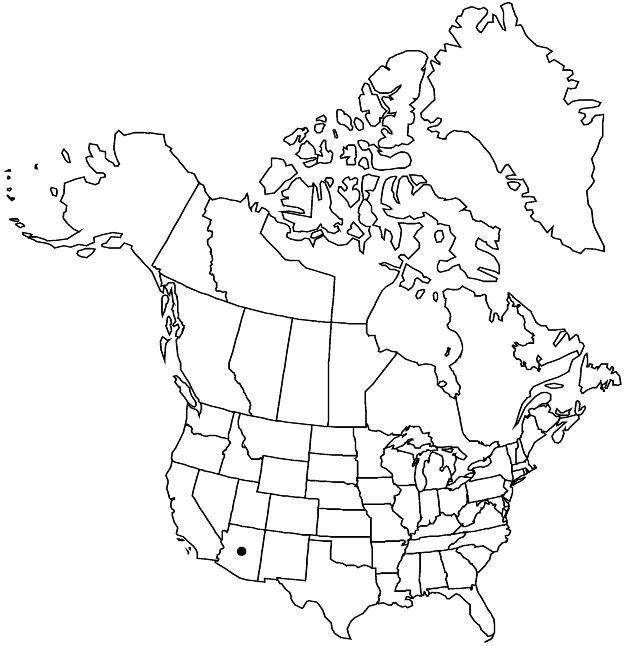Difference between revisions of "Ivesia multifoliolata"
Lloydia 1: 125. 1939.
FNA>Volume Importer |
imported>Volume Importer |
||
| (2 intermediate revisions by 2 users not shown) | |||
| Line 69: | Line 69: | ||
|publication year=1939 | |publication year=1939 | ||
|special status=Conservation concern;Endemic | |special status=Conservation concern;Endemic | ||
| − | |source xml=https:// | + | |source xml=https://bitbucket.org/aafc-mbb/fna-data-curation/src/2e0870ddd59836b60bcf96646a41e87ea5a5943a/coarse_grained_fna_xml/V9/V9_381.xml |
|subfamily=Rosaceae subfam. Rosoideae | |subfamily=Rosaceae subfam. Rosoideae | ||
|tribe=Rosaceae tribe Potentilleae | |tribe=Rosaceae tribe Potentilleae | ||
Latest revision as of 22:56, 5 November 2020
Plants green. Stems ascending to erect, 2–6 dm. Basal leaves 6–25(–30) cm; sheathing base minutely glandular abaxially; petiole 0.5–8(–10) cm; leaflets 12–30 per side, obovate to broadly cuneate, 5–12(–15) mm, incised 1/3–1/2 to base into 3–5 oblong to ovate teeth, sometimes entire, sparsely short-strigose to -villous, sometimes glabrate. Inflorescences (5–)8–60-flowered, 2–12 cm diam. Pedicels 5–30(–35) mm. Flowers 9–12 mm diam.; epicalyx bractlets narrowly lanceolate to lanceolate, 1–2 mm; hypanthium interior brick- to blood-red or golden, 0.5–1.5 × 3–5 mm; sepals 3–4.5 mm, base brick- to blood-red adaxially, apex acute to acuminate; petals brick- to blood-red, linear to oblanceolate or narrowly elliptic, 2–3.5 mm; stamens 5, filaments 1.3–2 mm, anthers maroon, oblong, 0.6–0.9 mm; carpels 1–5, styles 2–3 mm. Achenes brown, 2–2.5 mm. 2n = 28.
Phenology: Flowering summer.
Habitat: Dry flats and slopes, on gravelly volcanic or sandstone soil, often along seasonal stream courses, in oak and conifer woodlands
Elevation: 1800–2400 m
Discussion
Of conservation concern.
Ivesia multifoliolata is found between the Grand Canyon and Mogollon Rim in northern Arizona. It is both the only species of the genus with red petals and the only one that overlaps the range of the red-petaled Potentilla sect. Rubrae.
Selected References
None.
